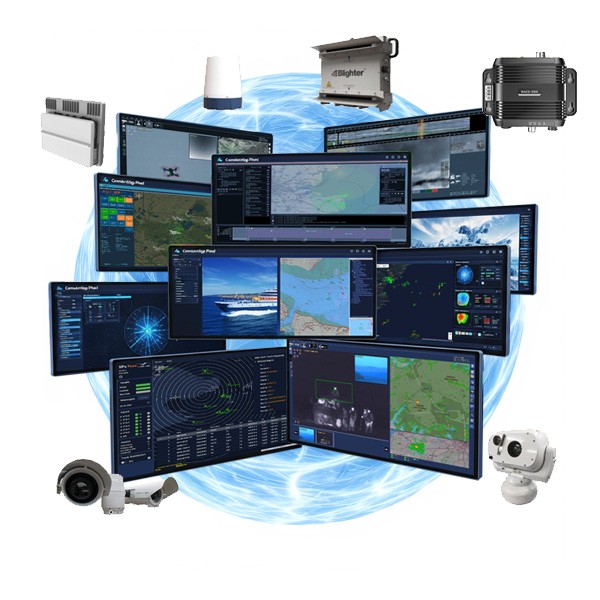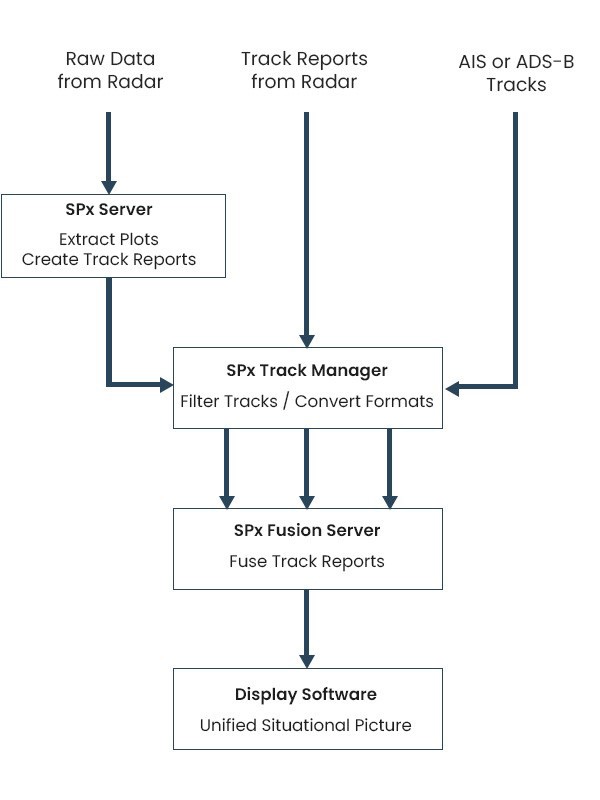Radar System Testing Guide: Simulation & Analysis Tools
Why Proper Testing of Radar Systems is Critical
Modern radar systems are indispensable for safety and efficiency across countless high-stakes applications, from autonomous vehicles to defence and maritime operations.
Given the complex environments in which these systems operate and their unique advantages in adverse conditions, ensuring their reliability and performance through testing is essential. The complex data generated by modern radars, often from diverse sources, necessitates the use of advanced analysis tools to yield actionable intelligence.

Why Traditional Radar System Testing Falls Short
Traditional "live" testing methods for radar systems are often insufficient and present significant challenges. Field trials are expensive, time-consuming, and carry substantial safety risks, particularly for defence or autonomous systems.
It is also nearly impossible to consistently replicate specific real-world conditions, including variable weather, environmental interference, or unpredictable target behaviour. Modern radar systems can also be susceptible to signal loss and interference. Inadequate testing risks poor performance, regulatory non-compliance, and catastrophic real-world failures. Failing to meet regulations can lead to costly development delays, expensive redesigns, or even product bans from key markets.
Early, comprehensive digital testing is crucial for faster market delivery and a competitive edge, minimising surprises in expensive field trials.
Transforming Testing with Simulation and Analysis
The challenges of traditional radar testing have led to a significant shift towards advanced simulation and analysis. This modern approach offers a powerful way to comprehensively and efficiently validate radar systems.
Radar simulators mimic the behaviour of real-world radars and targets under a vast array of conditions. Simulation software, paired with hardware to generate realistic radar outputs, can provide radar systems with a consistent, controlled, and repeatable test environment.
The adoption of simulation offers many clear business advantages: cost savings, repeatability, enhanced safety, and accelerated development. Simulators can replicate complex scenarios like varied weather, terrain, hundreds of targets, and jamming, pushing performance limits.
Complementing simulation, radar recording and analysis tools can capture and interpret raw data, providing the insights needed to develop highly reliable systems.

The Solutions for Radar-based System Testing
Cambridge Pixel offers a comprehensive suite of integrated tools designed to transform radar system testing, moving from costly, unpredictable live trials to efficient, repeatable, and insightful laboratory-based simulation and analysis.
SPx Radar Simulator creates highly realistic multi-radar, multi-target scenarios. It allows you to test and develop radar display systems, configure sophisticated trackers, and even train operators without needing actual radar data. It generates convincing radar returns based on real-world terrain, user-defined targets, and environmental factors, outputting synthetic radar video, navigation data, and target data as separate network streams for real-world client applications.
HPx-310 Radar Signal Output Card is a crucial hardware component that bridges software simulation to physical radar systems. Under software control, this PCI Express card generates realistic radar signals, including video, trigger, and azimuth data, significantly reducing reliance on expensive live radar sources.
RDR Data Recorder provides a robust, multi-channel solution for capturing and replaying a wide array of real-world sensor data. It can simultaneously record radar video, radar tracks, AIS, ADS-B, IFF, and navigation data within a synchronised file structure. This is invaluable for post-mission analysis, debugging system anomalies, and assessing performance under specific conditions, as well as for regression testing.
SPx Video Simulator is designed to simulate camera video and control for development, testing, and training purposes. It generates realistic video streams by rendering a customisable 3D-modelled scene, which can include moving targets and terrain. The output video is constructed in real-time based on the camera's position and orientation, depicting the view from the camera. Like real cameras, they respond to standard Pan Tilt Zoom (PTZ) control commands and output video streams. It can integrate with SPx Radar Simulator to define and manage scenarios involving moving targets, creating a unified simulation of both radar and video displays.
SPx Open Access provides engineers and researchers with simplified, direct access to recorded radar video data for in-depth analysis and new algorithm development. It provides libraries and supporting tools that streamline this access, allowing users to decode recordings created by Cambridge Pixel applications and integrate with environments like C++,.NET, and MATLAB.
SPx Monitor is a specialised software application designed to save time aand resources when identifying system issues. It monitors and displays the health and status of SPx-based programs running on the network.
The Benefits of Effective Radar Testing
In an era where radar systems are increasingly vital, rigorous testing is paramount. Simulation and advanced analysis offer a controlled, repeatable, and cost-effective environment for thorough validation.
Cambridge Pixel's integrated solutions accelerate development, reduce costs by minimising expensive field trials, and deliver tangible advantages:
- Cost Savings: Dramatically reduces expensive field trials and physical prototypes, saving millions in development and validation costs.
- Accelerated Development: Speeds up design, prototyping, and validation, allowing for earlier issue identification and quicker time-to-market.
- Enhanced Safety: Enables rigorous testing in controlled laboratory environments, minimising risks associated with live testing.
- Superior Reliability & Performance: Allows for comprehensive testing across a vast range of complex, repeatable scenarios (weather, clutter, jamming, multi-target), leading to more robust and accurate systems.
- Future-Proofing: Facilitates testing against emerging threats and evolving environmental conditions, ensuring systems remain effective and adaptable.
- Regulatory Compliance: Provides the controlled, repeatable conditions necessary to meet stringent global regulatory standards, avoiding costly delays and market access issues.
- Deeper System Understanding: Analysis tools provide granular insights into signal behaviour, enabling engineers to refine algorithms and optimise hardware for peak performance.
By partnering with solutions that provide deep insights and comprehensive testing capabilities, organisations can confidently deploy radar systems that are not only compliant and reliable but also prepared for the challenges of tomorrow.

